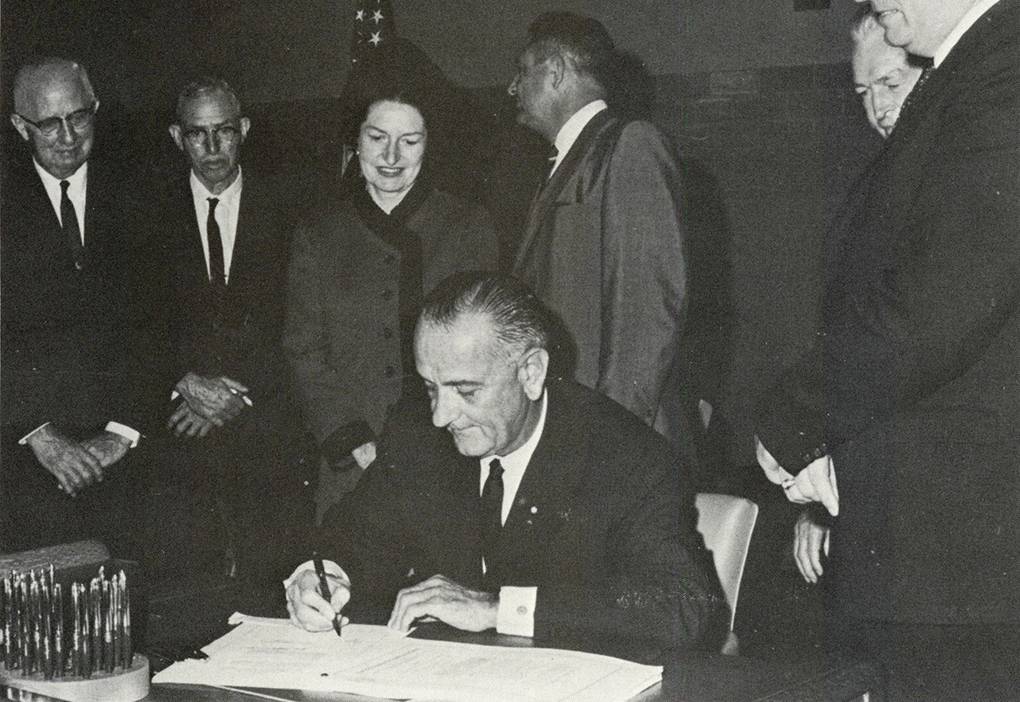• Established in 1899 as a normal school • Only Texas university to graduate a U.S. president – Lyndon Baines Johnson in 1930 • The Higher Education Act of 1965 was signed on campus by LBJ
About Texas State
Campus Community | Bobcat Ambition Changes the World
Our students come from 87 countries and 48 states
60%
of Texas State students are ethnic minorities
#1
university in Texas for helping at-risk students graduate
THECB three-year average data
HSI
Classified as a Hispanic-Serving Institution by the U.S. Department of Education
History

We have two campuses across 500 acres in San Marcos and 101 acres in Round Rock
40,000+ undergraduate and graduate students
More than 200 bachelor's, master's, and doctoral degrees
World-class Research and Innovation
During FY20 Texas State researchers were engaged in 500 independent sponsored projects and received 285 grants.
-
The Science, Technology, and Advanced Research (STAR) Park is Texas State University’s research park dedicated to collaboration with industry, government laboratories and nonprofit research institutions to accelerate innovation, commercialization, and entrepreneurship in the Texas Innovation Corridor.
-
The Wittliff Collections includes the Southwestern Writers Collection, the Southwestern & Mexican Photography Collection, the Lonesome Dove Collection, and the Texas Music Collection.
-
Spring Lake and the San Marcos River form one of the most biologically diverse aquatic ecosystems in the southwestern United States, home to eight endangered species and our scientists at the Meadows Center.
-
The Texas School Safety Center prepares the state's K-12 schools and community colleges for a safer future through research, training, and technical assistance.
-
The Forensic Anthropology Research Facility at the Freeman Center is one of only five outdoor human decomposition research laboratories in the nation and the largest of its kind.
-
The Advanced Law Enforcement Rapid Response Training Center (ALERRT) addresses the need for active shooter response training for first responders through research-based courses.
